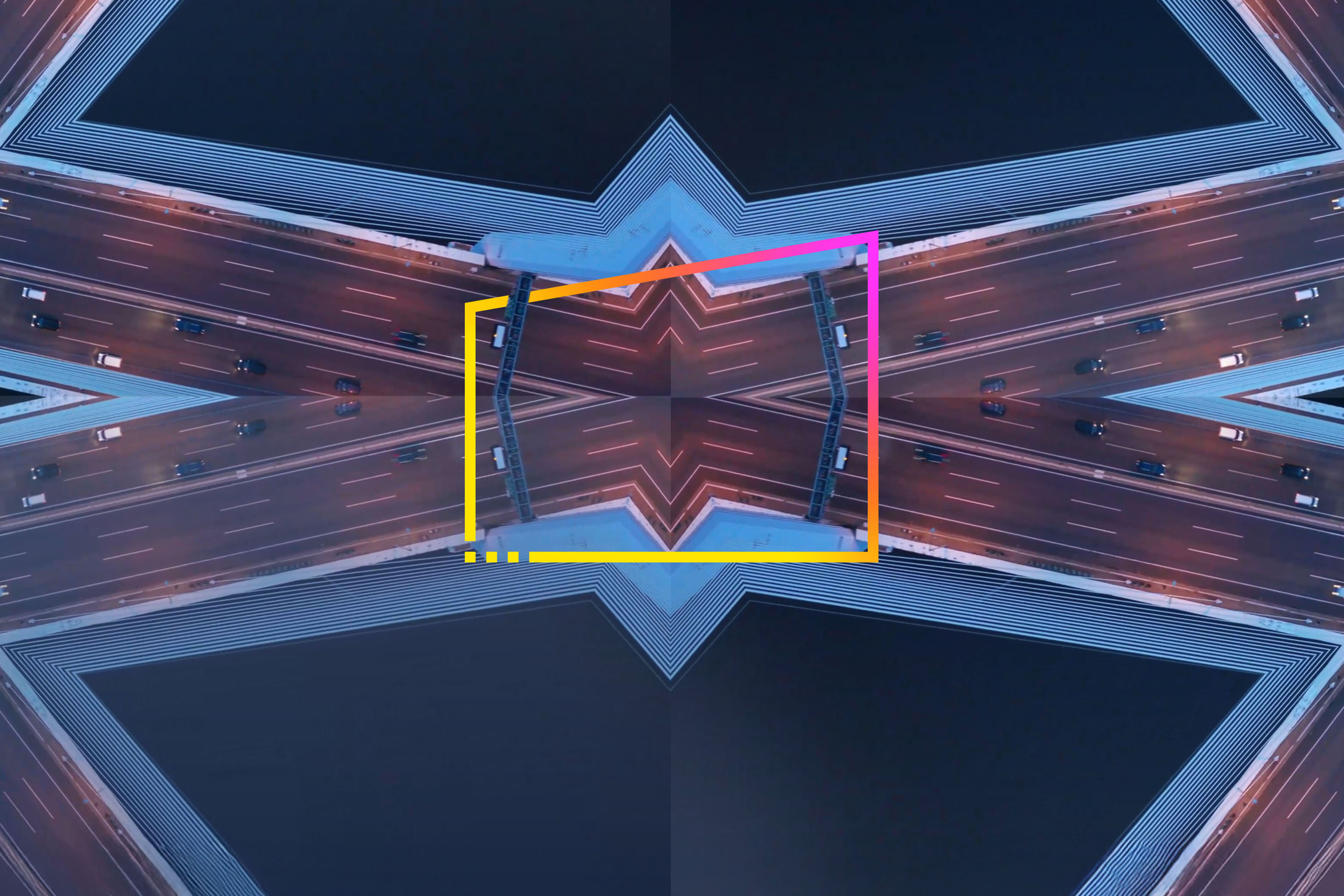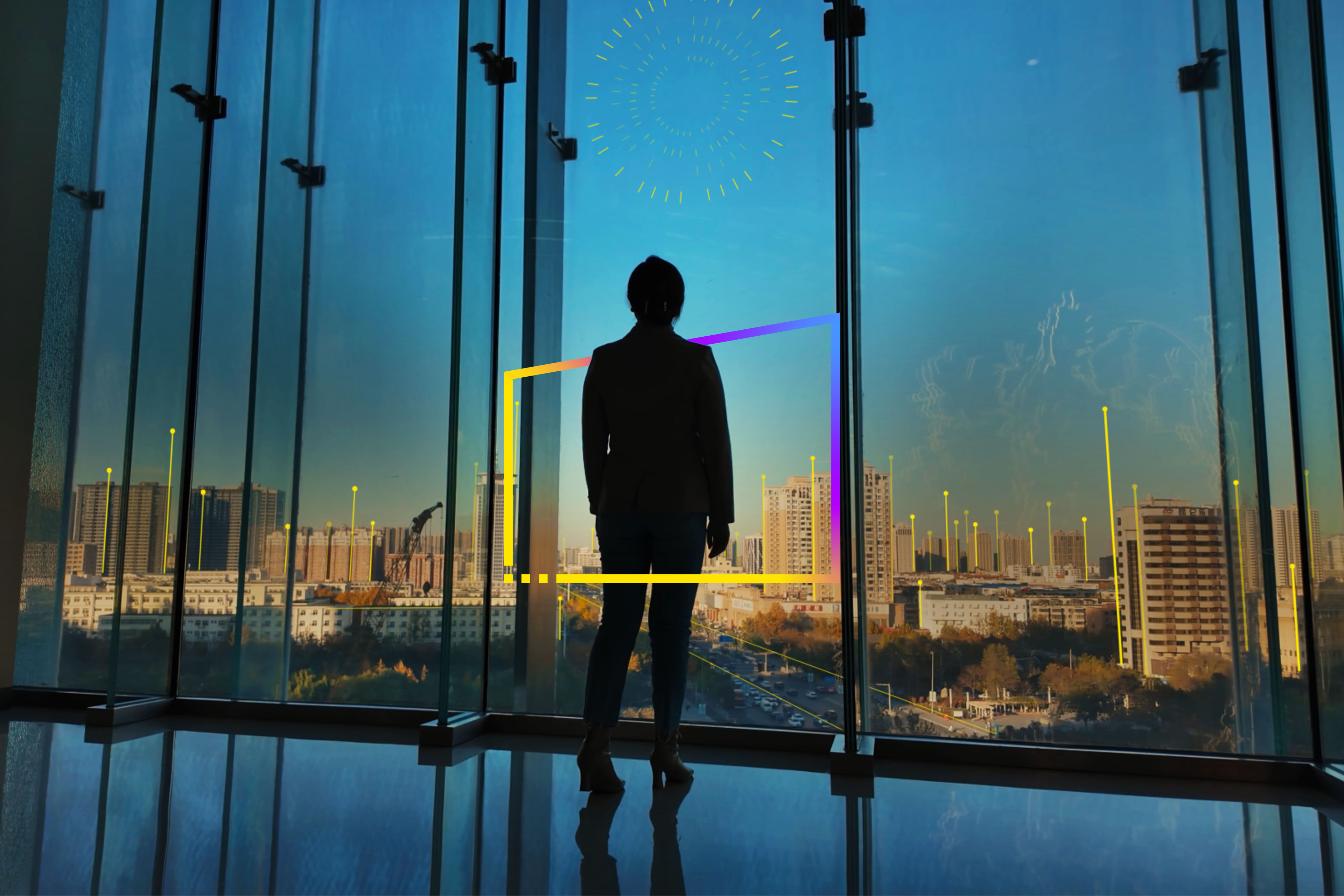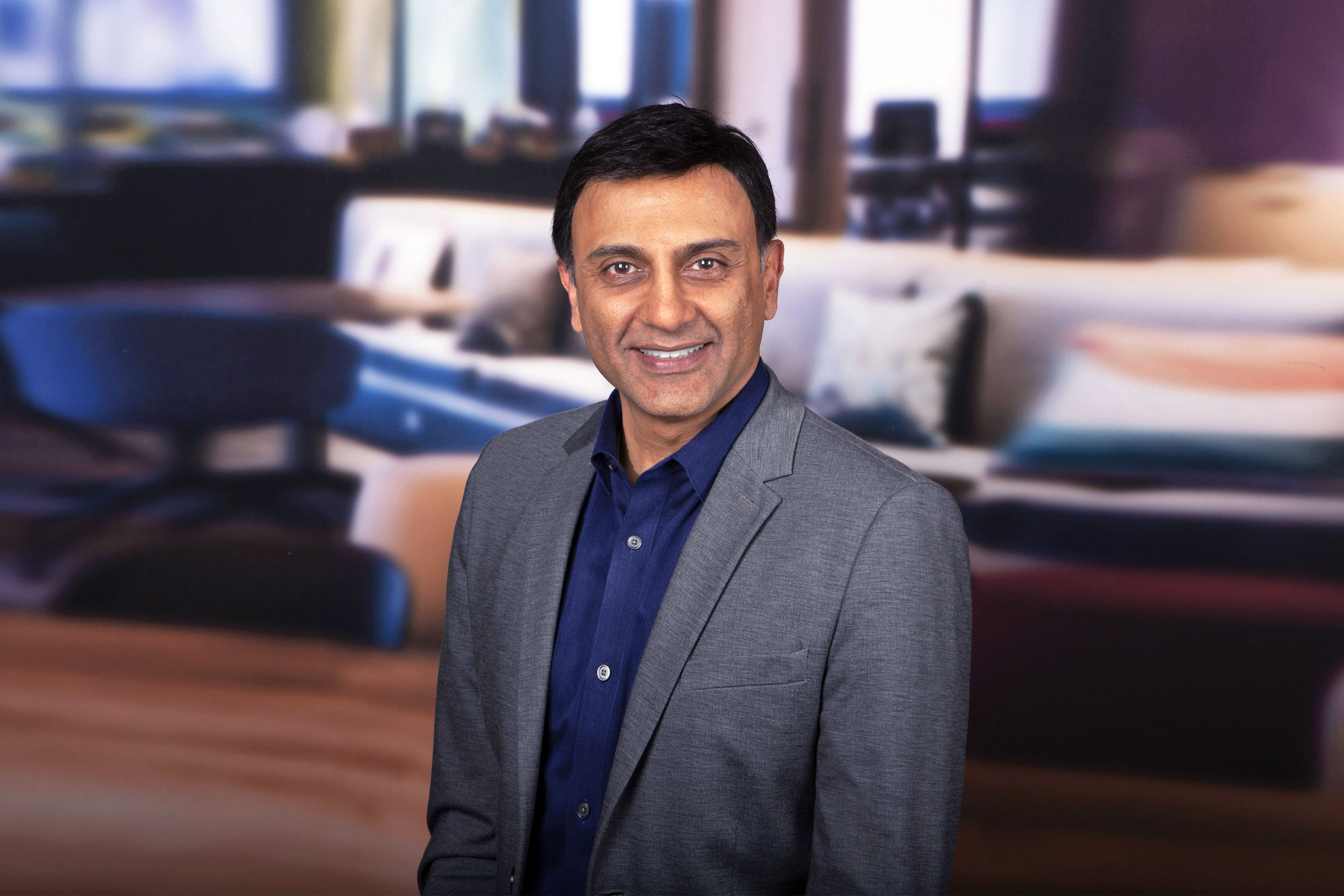EY refers to the global organization, and may refer to one or more, of the member firms of Ernst & Young Global Limited, each of which is a separate legal entity. Ernst & Young Global Limited, a UK company limited by guarantee, does not provide services to clients.
Insights
Discover the insights you need to make better decisions today, to shape the future with confidence.
See more
Highlights
Services
EY helps clients create long-term value for all stakeholders. Enabled by data and technology, our services and solutions provide trust through assurance and help clients transform, grow and operate.
- See All
- 1||About EY-Parthenon
- 2||About EY-Parthenon
Spotlight
Industries
Discover how EY insights and services are helping to reframe the future of your industry.
See more
Case studies
Energy resources
How AI drove data optimization for oil and gas capital projects
06 Aug 2025EY Global
Strategy and Transactions
Rivada is reimagining wireless internet as a commodity
11 Jul 2025EY Global
About us
At EY, our purpose is building a better working world. The insights and services we provide help to create long-term value for clients, people and society, and to build trust in the capital markets.
Recent Searches
Trending
-

What if disruption isn't the challenge, but the chance?
Transform your business and thrive in the NAVI world of nonlinear, accelerated, volatile and interconnected change. Discover how.
26 Jun 2025 EY wavespace™ -

Geostrategic Analysis: December 2025 edition
Read the December 2025 Geostrategic Analysis for our take on geopolitical developments and the impact of these political risks on international business.
10 Dec 2025 Geostrategy -

How can reimagining today's workforce help banks shape their future?
By focusing on four bold imperatives, banks can differentiate in the competition for top talent and drive higher returns on people investments.
09 Sep 2025
How AI and inclusion drive innovation
In this video episode of the EY Microsoft Tech Directions podcast, the discussion highlights how technologies like Microsoft Copilot empower talented and diverse workforces.

Join us for this compelling conversation between EY and Microsoft professionals as they discuss and demonstrate the importance of inclusion and accessibility for driving innovation. The discussion highlights how technologies like Microsoft Copilot can empower talented and diverse workforces and how providing tools for enhanced productivity empowers the entire enterprise.
Speakers:
- Hiren Shukla, Global Neurodiversity & Inclusive Value Leader, Ernst & Young LLP
- Jenny Lay-Flurrie, Vice President, Chief Accessibility Officer, Microsoft
Key takeaways:
- How companies that lead on disability inclusion realize more net income than their peers
- The prevalence of neurodiversity across the global workforce
- The need for organizations to invest in people of all abilities to drive innovation
- How Microsoft Copilot is helping accelerate innovation by amplifying human capability
For your convenience, full text transcript of this podcast is available below.
Kathy Hevland
Companies that lead on disability inclusion realize 2.6 times more net income than their peers. Hello, I'm Kathy Hevland from the EY Microsoft Alliance. This is Tech Directions where EY and Microsoft professionals explore transformative cloud solutions. Today's episode is all about how including people of all abilities drives innovation for all. Let's hear the latest thinking from our leaders.Hiren Shukla
Hi, I'm Hiren Shukla, EY's Global Neurodiversity and Inclusive Value Leader, and I'm so excited to be here with my friend Jenny from Microsoft. Jenny, would you like to do an intro?Jenny Lay-Flurrie
Sure. I'm Jenny Lay-Flurrie. I'm the Vice President, Chief Accessibility Officer at Microsoft. Thank you for having me.Shukla
Jenny, today you and I want to talk about the value of organizations, our largest customers, really investing and leveraging the power of being different and how inclusion drives innovation and maybe some of our own journeys in how we are enabling that inclusion and accessibility journey to happen. So maybe we could start a little bit with why? Why is this an important topic that you think our customers should be thinking about and doing something about right now?Lay-Flurrie
Well, I love that you're having the conversation because I think this is about how can we make sure that what we do as companies with the responsibility we have to provide technology, processes, products of every kind. We need them to be inclusive, and the best way to make whatever we do to be inclusive is to include people. And people are by nature, human and diverse. And so whether that is disability, gender, sexual orientation, you name the different ways, it's really important that we embed people into our process and we do that methodically, systematically. So yes, I think it's crucial and important. Otherwise, everything we do is just going to ... Well, it's only going to work for the one person that's made it and that's not okay.Shukla
So Jenny, when we think about our workforces today, there is this invisible layer of non-apparent disabilities. Sometimes it's referred to as neurodiversity, the realm of cognitive differences in the world. Is it possible today that some organizations are not intentional about using that technology to drive inclusion and maybe they're missing an opportunity?Lay-Flurrie
Well, I think it's important to level set. Disability is the biggest demographic. It's 1.3 billion, and that's what we know about today and it ranges from what we can see, which is about 25% of that to what we cannot, 75%. Neurodiversity is one of several that are non-apparent within that range, including mental health and including some aspects of deafness, blindness, mobility you cannot see by looking at a person. So are we missing out? Yes. What we do know is that rates of identification are up. People with neurodiverse conditions are saying, "This is me." And that's incredibly important because that identity, that experience and allyship is going to help us as companies to create better, to create more human, and to create more inclusively and hopefully lead to the next wave of innovation.Shukla
I have heard you talk about a number of times how adaptations, accommodations that were built for the disabilities community are really the birth child of innovation and now used so much more broadly. Could you just give a couple of examples of that?Lay-Flurrie
There's a lot of talk in the technical worlds about the power of building through constraints. And if you build for the 1, 2, 5, 10, 15%, you are quite simply going to produce innovation that helps to empower that 1 person, that 1%, but innovation that powers the world. And I think that's true over the course of history. Audiobooks, designed for the blind, empowering to everyone. Door handles even designed by physical therapists to help people with mobility, empowering to us all. Magnetic zips, captioning, and I do believe what's happening right now in the AI era is creating the next wave of innovation.Shukla
I love that you keep coming back to the innovation angle. So when we are talking to chief technology officers, individuals and leaders driving transformation efforts and they're thinking about how to succeed in that new era, in that new age, how is this inclusion aspect that much more critical today than it's ever been before?Lay-Flurrie
I think that the demographics of the workforce are changing in such a way that it forces us to also think about how we service, support and empower that talent. If we fail to do that quite simply, we will lose talent and we will fail to enable talent to realize the full potential that they may have. If we look at neurodiverse talent, when we first started our hiring program, we realized that our own interview practices were closing doors to neurodiverse talent joining Microsoft. We also realized that our technology, if we weren't making stuff accessible beyond the bar of compliance, compliance is not the ceiling, it's the floor, then we were actually stopping innovation and we were also not enabling our disabled employees, of which there are far more than have self-identified today to have usable products, to be productive, to be efficient in their work. So this is about making sure that you're leveraging your entirety of your workforce. You need to make sure that your work product is inclusive and accessible, not just for your customers, but for your employees too.Shukla
Yeah, I love this aspect of optimizing your workforce. I think we are all today being asked to do more with less. And when I have an engaged workforce and this, I think it doesn't end with the employee population that identifies as being disabled or neurodivergent. I think that we are at a unique inflection point because we've been collaborating particularly around Copilot. And how does the Copilot experience drive inclusion? And then take it a step further, how does that inclusion drive innovation?Lay-Flurrie
I think Copilot is one example of many that is accelerating capability. Copilot is AI. It's built on generative AI, which is about amplifying human capability. And if you just think about it as that as the core, consuming vast amounts of books off the shelf, vast amounts of data in order to help you with an outcome, then the people that are going to benefit the most from that capability are people with disabilities. And so we're seeing that across the spectrum. We're seeing how Copilot empowers a deaf individual because it gives the ability for captions, transcript, and now meeting notes. How it empowers blind individuals because it gives very accurate descriptive descriptions of images, and really new off the shelves, videos. We are seeing how it can really empower mental health because it can help you to organize your day, help you to recover from your day and prioritizes well-being. And then with neurodiversity, which is a massive spectrum from dyslexia to ADD to autism and far, far more, it is really cognitively reducing the load that people have every single day by doing those everyday tasks. It's incredibly empowering.Shukla
Jenny, if I double click for a minute on the expansion of understanding the neurodiversity conversation, we know it's estimated today that 20% of our existing workforces around the world are neurodivergent. We also have seen studies late last year that are showing about 53% of the Gen Z population identify as being neurodivergent. And so I would ask, I guess, what thoughts or suggestions you have for decisionmakers today at companies who are implementing new technologies like Copilot and where would they start on this inclusion journey?Lay-Flurrie
So to start, I would say get skilled up. Really invest in your own training within your company and you yourselves. There's some really, really amazing training and skilling out there that teaches the basics of neurodiversity, disability language, how to be inclusive in meetings.And then I think the second thing is to really make sure that you're leaning into your ERGs. The first community that had access to Copilot at Microsoft was the disability ERG because we could see the potential and we could see the learning that we would get by giving them access to the very earliest pilots and that played out. Lean into your communities for insight and then show, pull out that insight and show the examples of how they're making the product better because I promise you every single disabled person will have ideas for you. Make sure that you lean into that feedback.
